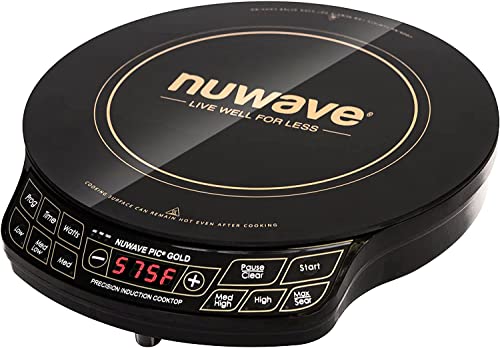BigT
Well-known member
BigT said:I just got off the phone with both CPAP.com and Philips Respironics. CPAP couldn't answer my question, but they gave me a contact number for PR, where I got the answer I needed and, given what I've been reading on the CPAP sites, expected to get.
The guy I spoke with said that 6.67A is the maximum amperage the unit would draw with the humidifier attached and that 2.0 - 2.2 Amps would be the average Amp draw I could expect *without* the humidifier. They quote 3 Amps just to be safe.
Now I'm getting quotes of as little as 0.35A (average) from members of a CPAP forum who have the same model machine that I have and have tested it with a meter.
If this proves to be true, I'm looking at as little as 2.8 Ah for 8 hours of sleep! That's a lot better than the 53.3 Ah, per night, numbers I was getting originally. This is getting better all the time!
It means that I could run a single 160 Watt panel (to save space) to a 12V 80Ah AGM and still have plenty of Ah left over to run lights, a 12V fan and maybe charge my Macbook Air.
The 160W/80Ah set-up would mean a 2:1 Watt:Ah ratio, which from what I've read here seems to be the way to go.
I plan to order a plug-in Amp/Volt/Watt meter from Amazon and run some tests of my own.
This is really good news!












































































